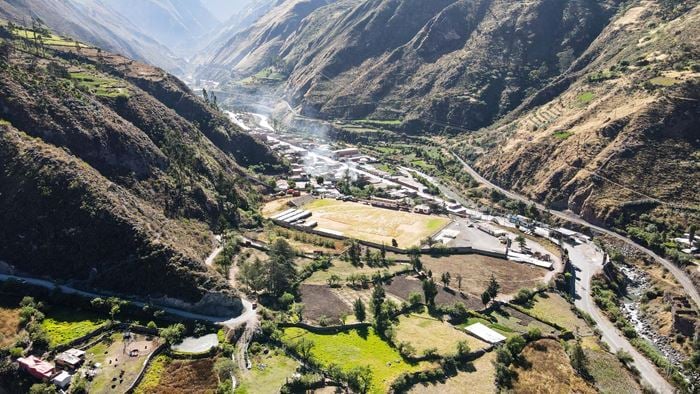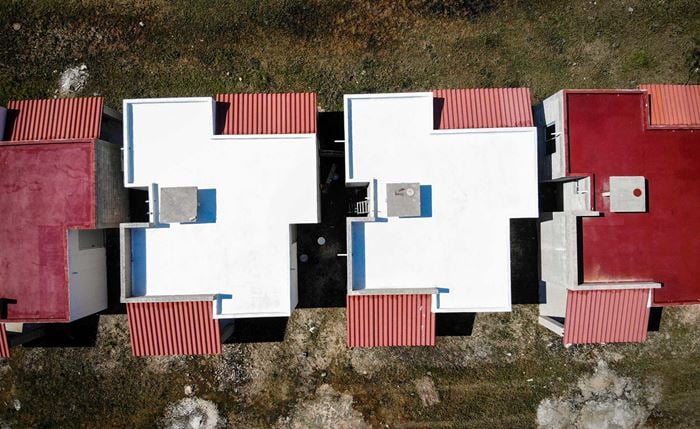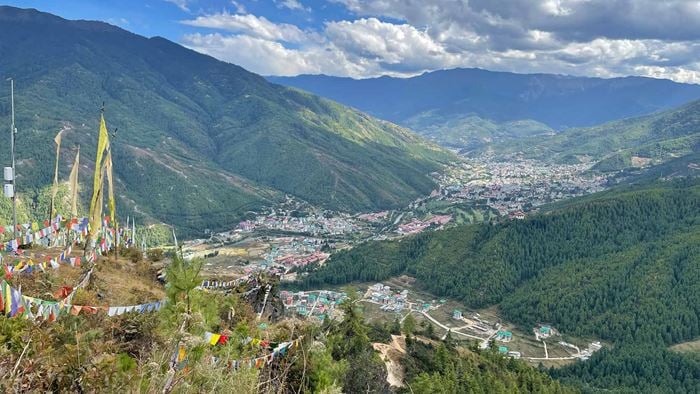Following the devastation of Kandholhudhoo Island, Maldives, by the 2004 Indian Ocean tsunami, the International Federation of Red Cross and Red Crescent Societies (IFRC), in partnership with the government, relocated the entire community to a previously uninhabited island, Dhuvaafaru. They constructed infrastructure, housing and community facilities for over 4,000 people.
Arup International Development was asked to conduct a review to combine learning from this resettlement project with current best practice. We developed a set of indicators for site selection and for ‘community harmonisation’ that can be used to help inform the design and implementation of future projects. We also assessed the extent to which the new Dhuvaafaru community can be considered safe, sustainable and resilient.
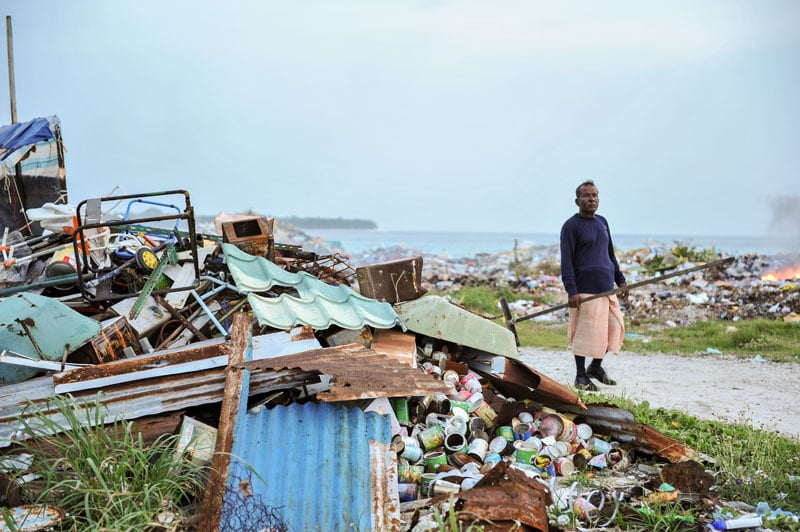
Although relocation is generally the least desirable option for displaced communities, our study confirmed that the decision to relocate the Kandholhudhoo community on Dhuvaafaru was well founded. Most importantly the choice of Dhuvaafaru as their new home was made collectively with the full support of the community.
Our work has enhanced IFRC’s knowledge of how to successfully design and implement large scale, integrated humanitarian projects involving displaced vulnerable communities. It has also contributed to an increased understanding in the sector of how to create sustainable and more resilient communities.
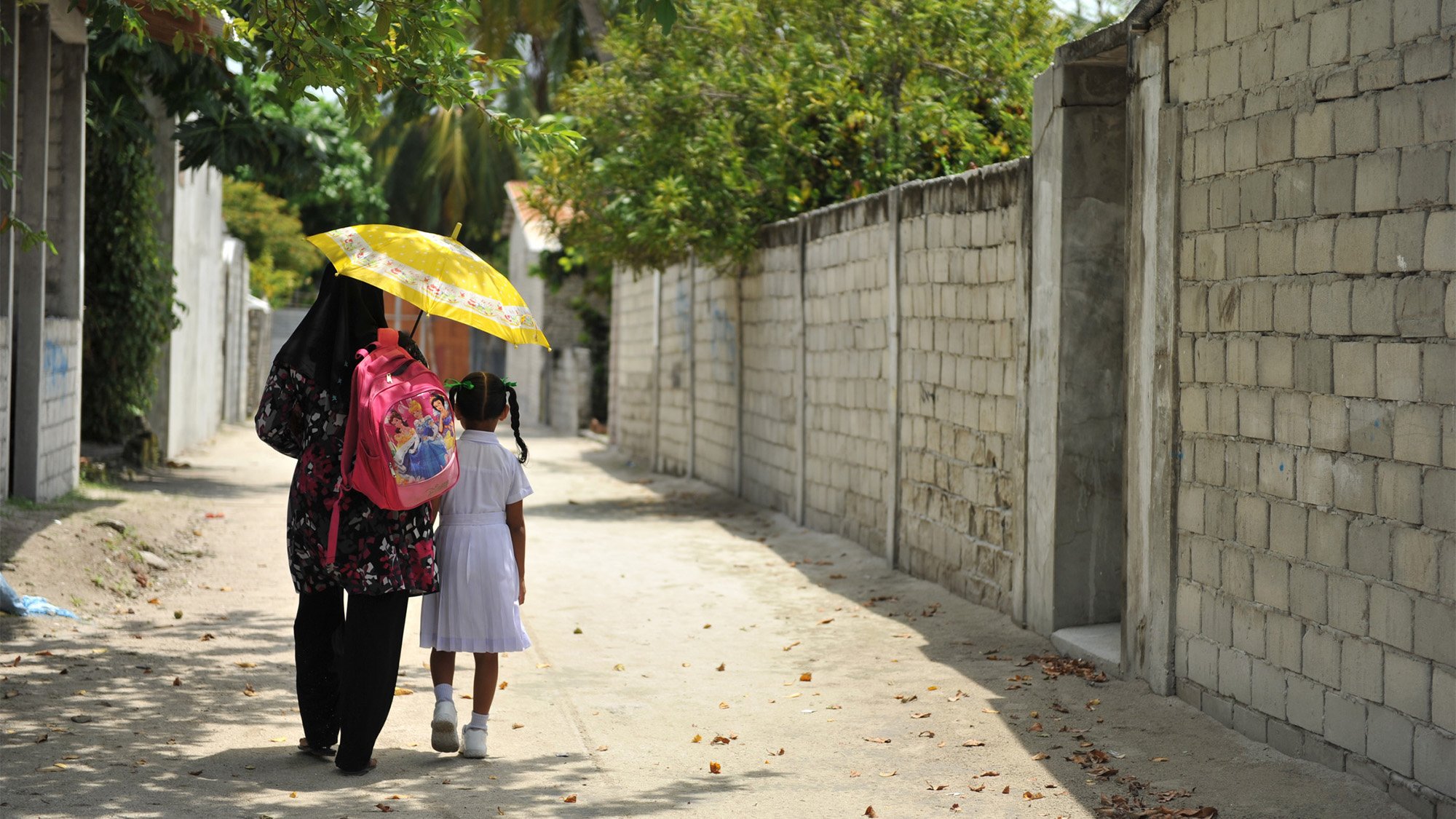 ;
;
